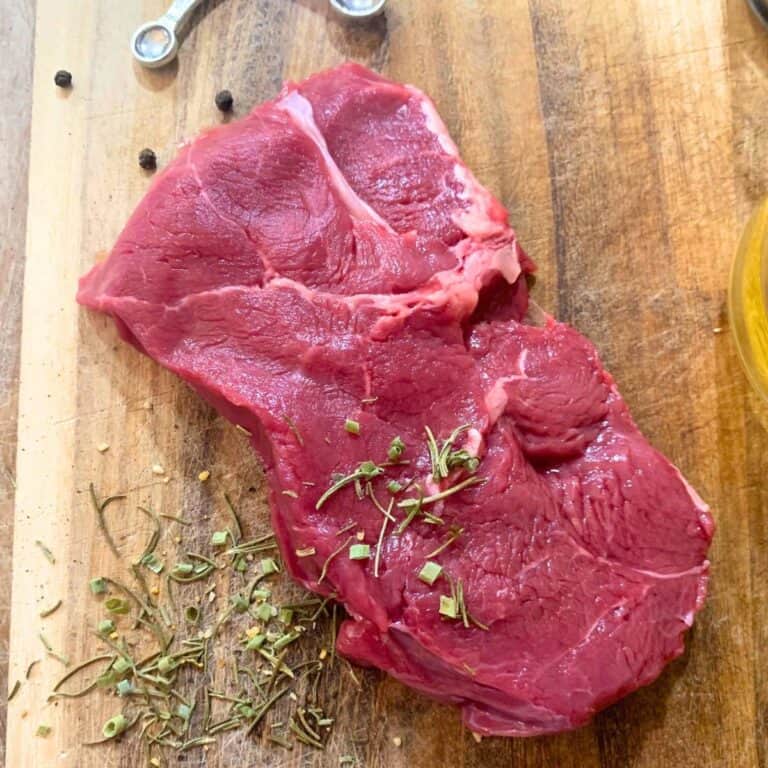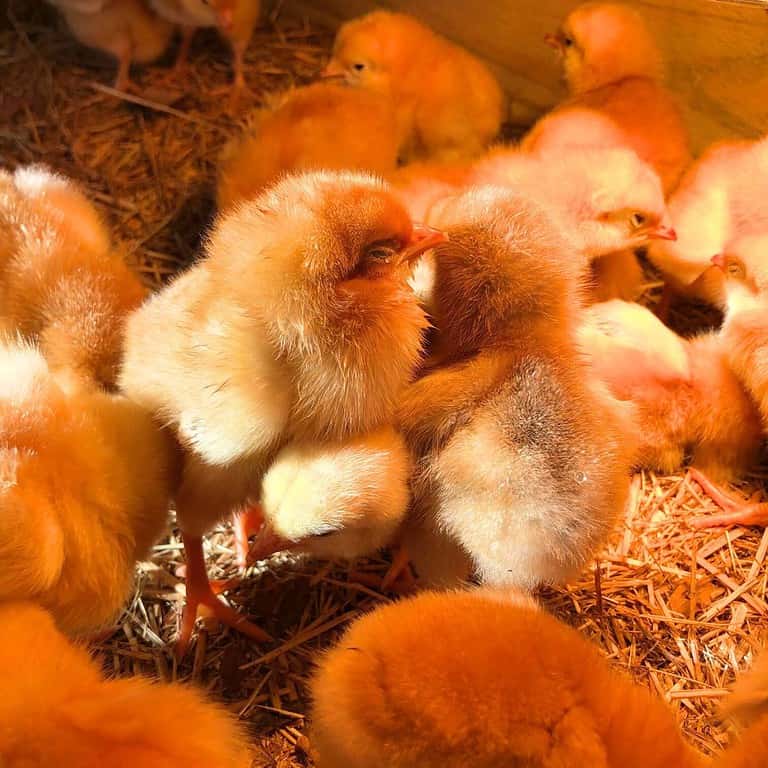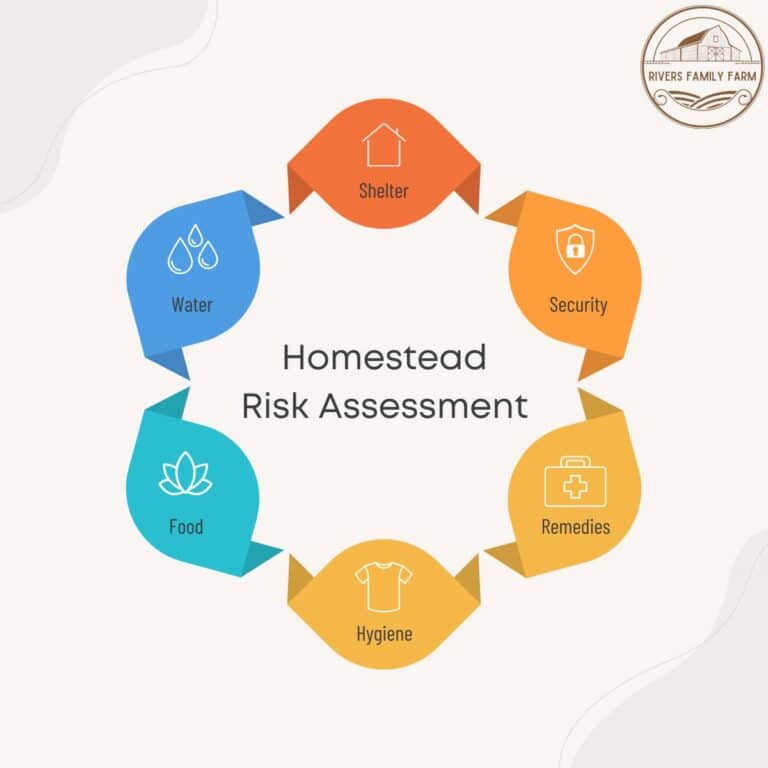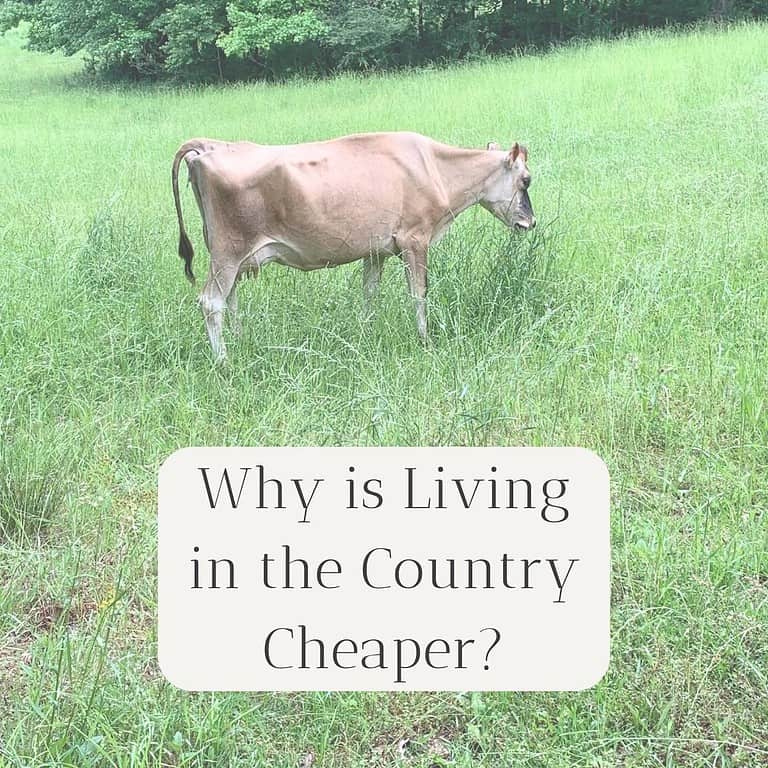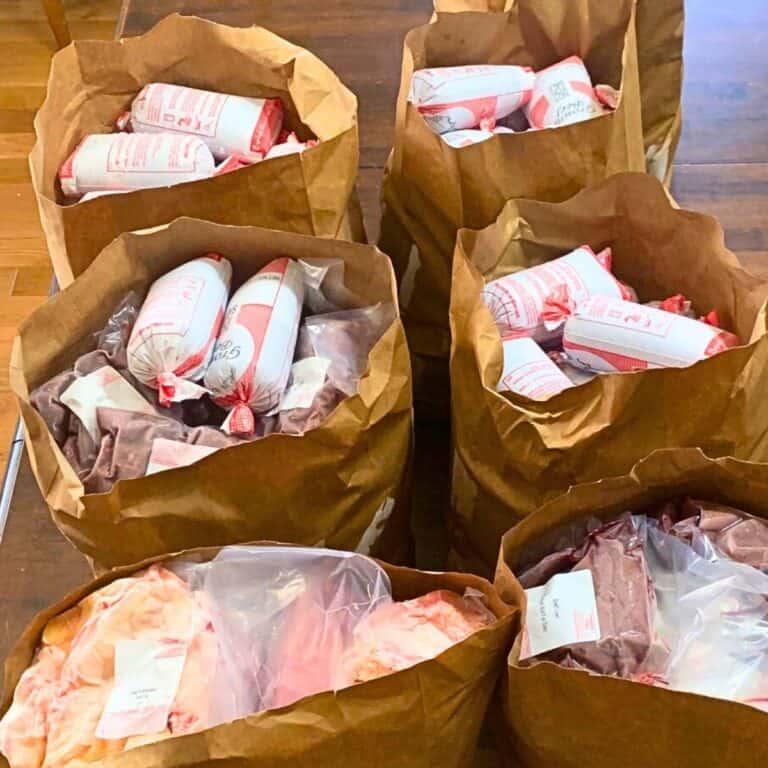Understand Beef Hanging Weight vs Packaged Weight
Understanding the difference between beef hanging weight vs packaged weight is important if you plan to raise and harvest meat. But don’t worry! I’m going to walk you through the difference so that you will know what you can expect from your beef cow.
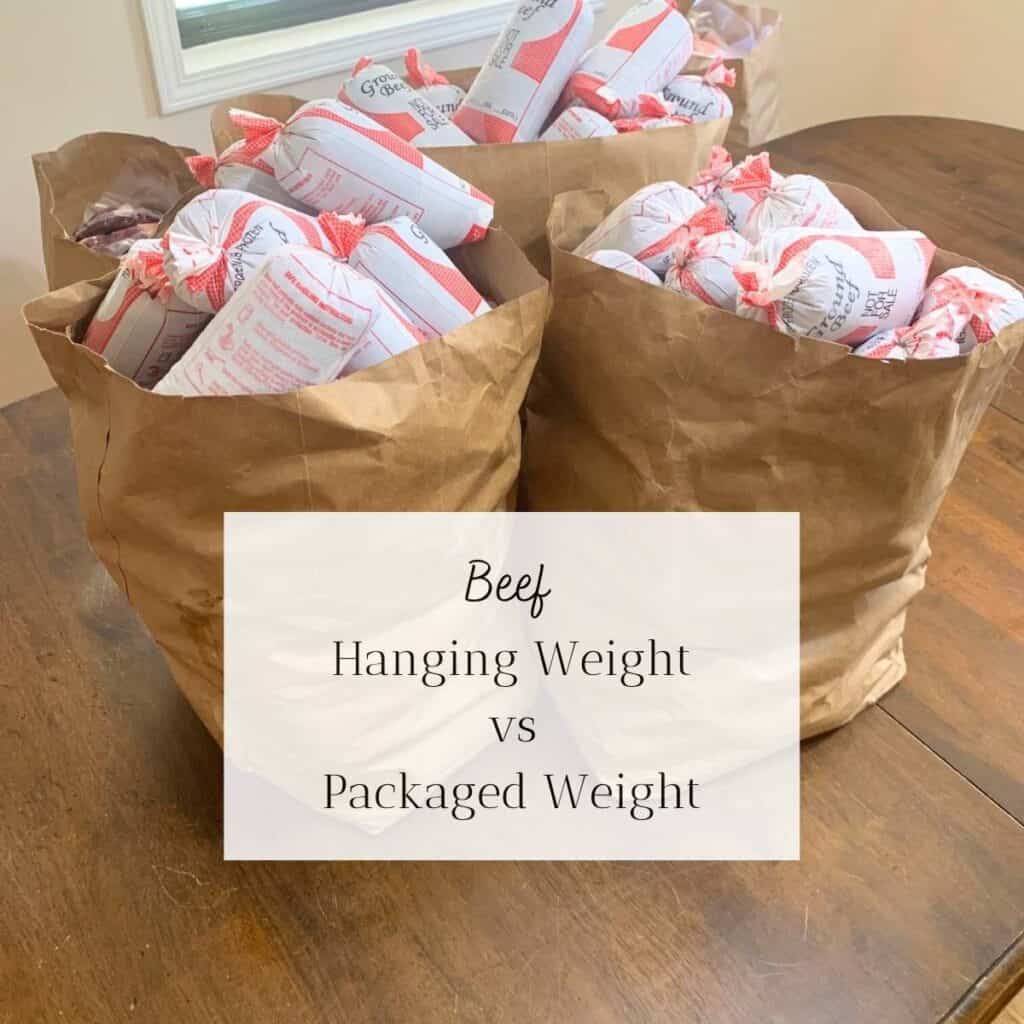
Let’s just get this out of the way first. The live animal weight is far from what you receive back from the butcher.
A cow’s live weight is reduced by roughly half after it is harvested and hung up to age, which is also known as the “hanging weight” and “hot carcass weight.”
The hanging weight is further reduced by about half again during aging and processing until the beef is packaged and sold in grocery stores. This is the “packaged weight.”
Warning: Please be advised that I will be talking about butchery and processes involved in harvesting meat animals. This post may not be suitable if you are someone who is sensitive to these topics.
Beef Hanging Weight vs Packaged Weight
Beef hanging weight is the weight of an unchilled carcass after gutting the cow and removing the head, tail, feet, and hide. The packaged weight is the total weight of packaged beef from a chilled carcass after blood and water loss, and after removing bones and excess body fat. There are a lot of other factors that contribute to the difference in beef hanging weight and packaged weight, though.
The general rule of thumb is that packaged weight is around 50% of the hanging weight. But some cow breeds have a higher conversion.
Ultimately, the difference between hanging weight and packaged weight is the level of processing and aging, which an abattoir does.
An abattoir (also called a “slaughterhouse”) is a facility where livestock animals are slaughtered, aged, processed, packaged, and sold either to individual consumers or to a grocery store.
What is beef hanging weight?
The beef hanging weight is one of the variables used to calculate what you owe the butcher to process your cow per pound. Hanging weight is generally about 50% of the cow’s live weight. This is because the weight of the whole animal decreases during processing and evisceration.
After killing a cow, the butcher will remove the head, tail, feet, and hide. Then the butcher removes the internal organs and guts. That’s when the butcher measures the hanging weight.
There is a good deal of connective tissue and muscle fibers in beef. So, for best results, you should hang the beef in a cooler with low temperatures for at least a week so that the flavor gets deeper and so that the muscles get tender. During the aging process, meat loses water weight and starts to shrink.
You should age all beef and venison for at least four to five days. This is because it improves the quality of the meat. Eating beef or venison immediately after butchery would yield a tough, leathery meat with little flavor.
The price you pay the butcher can range anywhere from $0.65 per pound of hanging weight, up to $1 or more per pound of hanging weight. That doesn’t include any additional processing costs and wrap fees or taxes your butcher may charge.
The price also varies depending on if you want “custom” meat or “inspected” meat. Custom meat is cheaper and it’s what you would select if you wanted beef that your family will personally consume and not sell. The general public buys inspected meat. It is more expensive per pound of hanging weight because the butcher has to have an inspector present during processing.
What is beef packaged weight?
The total beef packaged weight is generally about 50% of a cow’s hanging weight, although different breeds of beef cows can convert higher. The packaged weight is the total amount of meat after the whole beef animal has been processed, the cutting process is completed, and each individual cut is packaged for sale.
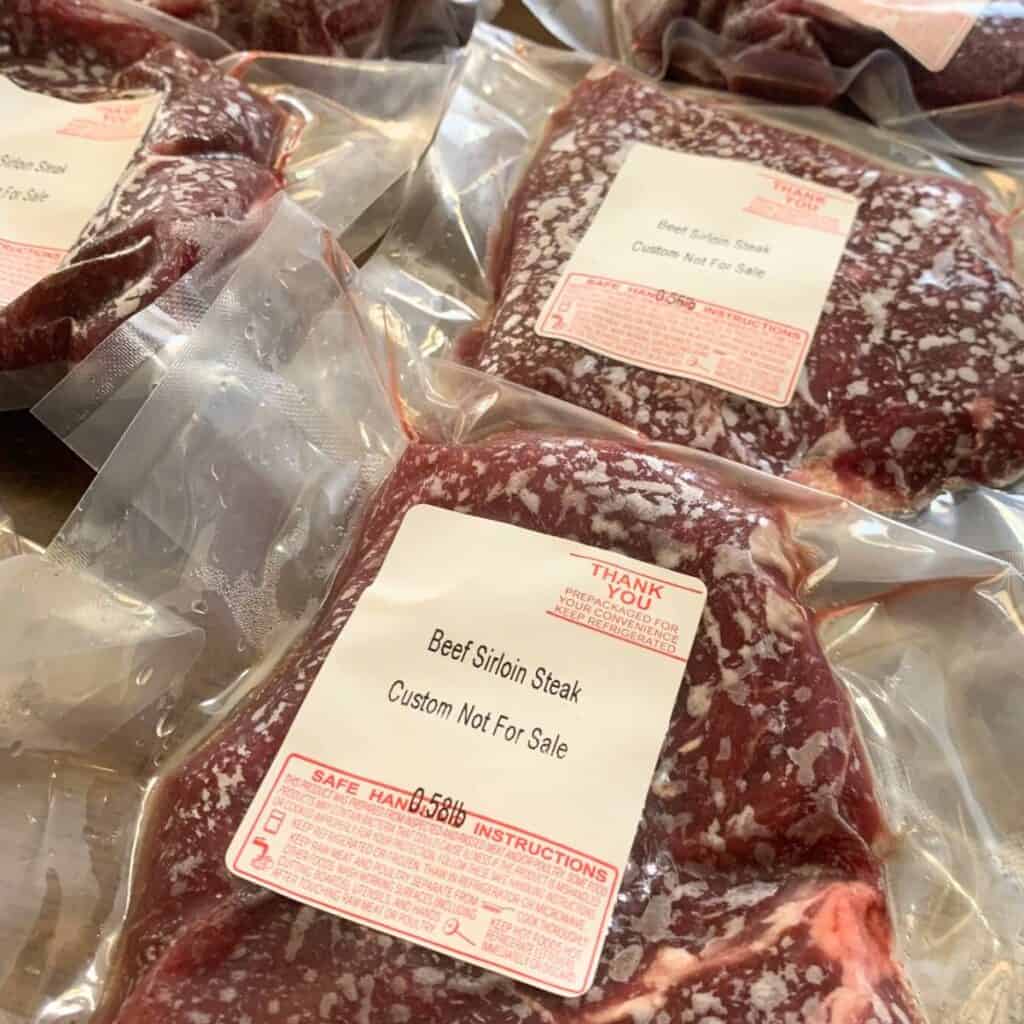
The final weight you get back from your local butcher shop is far less than the live animal weight and hanging weight. The packaged weight is the weight of the butchered animal. Total package weight is the total weight of what is printed on the sticker of each individual package of meat.
The weight of the carcass continues to shrink through blood and water loss as it ages. The longer the carcass ages, the more it shrinks due to water evaporation. This will ultimately affect the total packaged weight.
In fact, you can lose 5% of the carcass weight in the first 14 days of the dry aging process. I believe there’s not as much moisture loss in grass fed beef as there is in traditional beef, though. In my experience, the muscles are denser in grass-fed beef and there is less fat.
Another reason for the lower weight is because there are fewer bones in retail cuts of meat. And if the butcher chooses to make more boneless cuts, the weight of the meat will further decrease.
Finally, the packaged meat cuts don’t usually include the same amount of fat that the beef carcass originally had.
What are the primal cuts (first cuts the butcher makes)?
There are nine primal beef cuts. These are the first cuts the butcher makes to large sections of the cow after the carcass has been quartered. This includes the brisket, chuck, rib, sirloin, round, short loin, flank, short plate, and fore shank.
Don’t confuse this with “prime” cuts of beef.
What are the subprimal cuts (second cuts the butcher makes)?
After the the butcher makes the primal cuts, he makes the subprimal cuts (also called “secondary cuts”). This includes steaks like t-bone steaks, ribeye steaks, and sirloin steaks. It also includes roasts like the chuck roast.
Since these special cuts take more work, and because the demand is relatively high, the retail value of subprimal cuts is higher per pound than the primal cuts.
Common Beef Cow Breeds’ Hanging Weight vs Packaged Weight
Here are some common beef cow breeds, along with their average hanging weight and packaged weight.
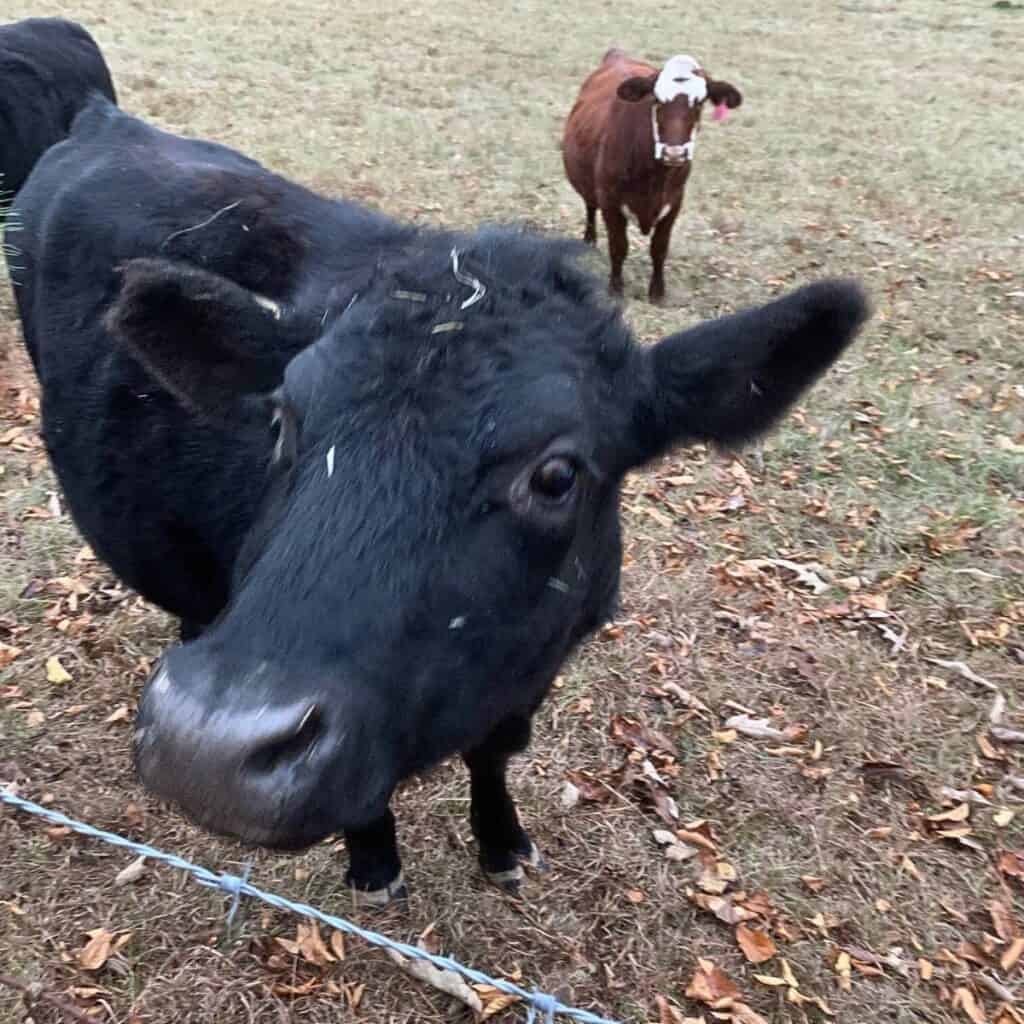
American Aberdeen
These are efficient beef cattle that are efficient at converting grass to meat. The mothers are great overall at mothering. Additionally, they are very heat tolerant since they were developed in Alabama over many decades!
You can expect an average of up to 75% back from the hanging weight in usable beef! With a hanging weight of around 425 pounds (193 kg), you can get up to 319 pounds (145 kg) in packaged weight!
Charolais
These white and creamy yellow cattle pack on a lot of muscle. You can expect an average of up to 57% back from the hanging weight in usable beef!
With a hanging weight of around 455 pounds (207 kg), you can get up to 260 pounds (118 kg) in packaged weight!
Dexter
These small cattle are great for small pasture homesteads. But don’t be deceived by their small size!
You can expect an average of up to 55 to 60% back from the hanging weight in usable beef! With a hanging weight of around 400 pounds (181 kg), you can get up to 220 to 240 pounds (100 to 109 kg) in packaged weight!
Limousin
These large cattle are heavy, so they’ll do best on large acreage where they can roam and not destroy your pasture.
You can expect an average of up to 70% or more back from the hanging weight in usable beef! With a hanging weight of around 700 pounds (318 kg), you can get up to 490 pounds (222 kg) in packaged weight!
Simmentals
This large breed is good for both milk and meat production.
You can expect an average of up to 50 to 55% back from the hanging weight in usable beef! With a hanging weight of around 700 pounds (318 kg), the boxed weight could be 350 to 385 pounds (159 to 175 kg).
Angus
These disease-resistant cattle can have small, medium, or large frames, and they are great foragers.
You can expect an average of up to 55% back or more from the hanging weight in edible beef! Angus with a hanging weight of 455 pounds (207 kg) can provide up to 250 pounds (113 kg) or more in packaged weight!
How much beef do you get from a cow?
How much beef you get from a single cow will vary based on the cow’s breed, genetic variability within the breed, age, frame size, gender, and diet. A small beef steer with a live weight of 1,000 pounds and hanging weight of 500 pounds will provide roughly 250 pounds of meat, including popular cuts of beef.

If you want to learn more, check out my blog post How Much Beef Will You Get From a Cow: Breakdown.
I share specific details including total pounds of different cuts of meat and how much meat we got from two of our cows, including a detailed breakdown! I also include a whole section on how to calculate how much freezer space you need!
How many steaks are in a cow?
The average number of steaks you get from a cow will vary based on the cow’s breed, genetic variability within the breed, age, frame size, gender, diet, and other variables. Generally, in a 1,200-pound beef cow, you can get around 120 steaks.
Check out my blog post How Many Steaks Are In A Beef Cow? (Our Numbers!) if you want to learn more. We took two of our steers to the butcher, and I share our actual numbers!
Pin It For Later!
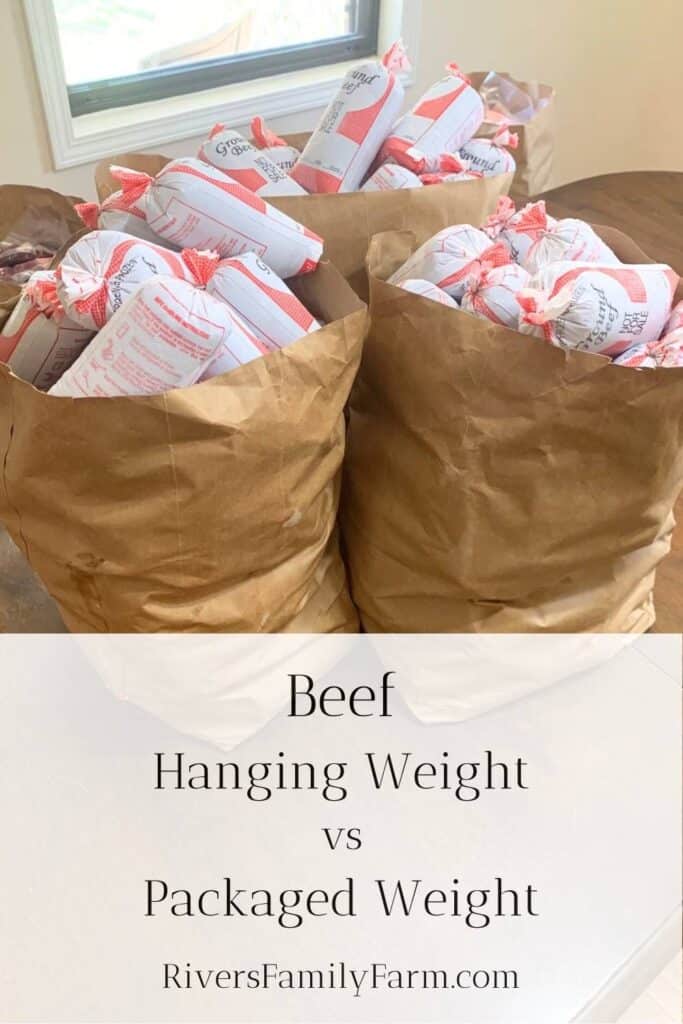
Next Steps
If you’d like to learn more about this topic, I recommend reading this series.
1. How Much Beef Will You Get From a Cow: Breakdown
2. How Many Steaks Are In A Beef Cow? (Our Numbers!)
3. Sirloin tip roast vs tri tip. What’s the difference?
Other Related Posts
7 Tips for Emotions to Raise and Harvest Meat
The Secret to Raising Livestock for Cheap!

